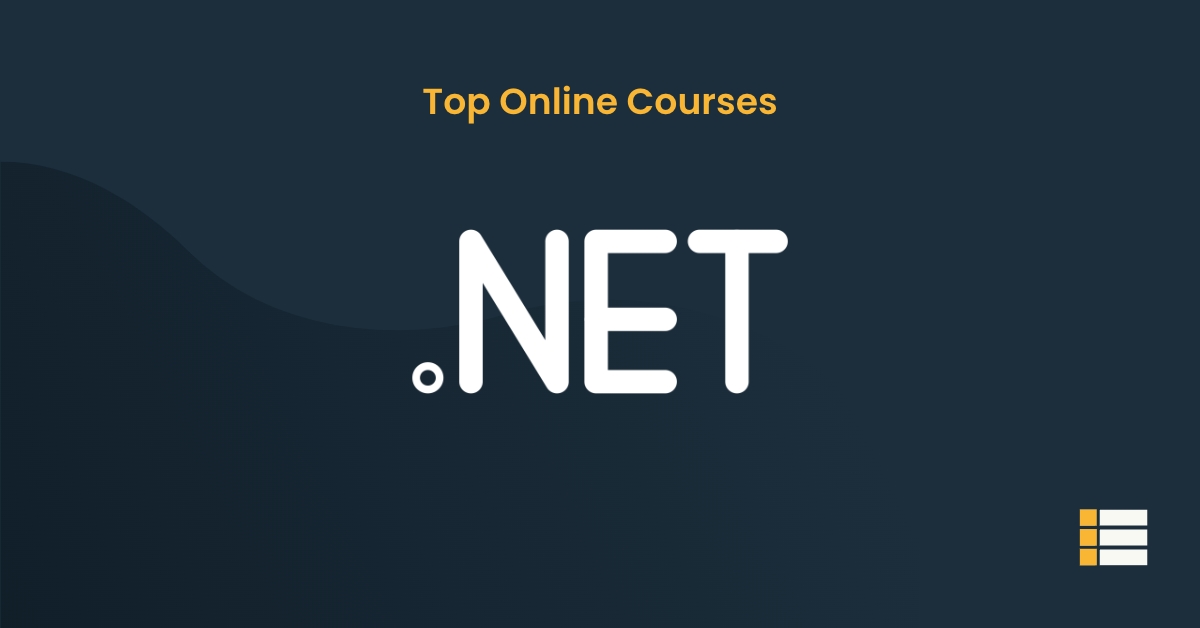Learning new programming languages can be daunting, but Go is worth the effort.
With its fast runtime, scalability and concise syntax, Go proves to be a powerful, efficient and reliable language for any developer.
So, if you’re looking to add a little “Go” to your programming toolkit, here’s why you should learn Go.
Table of Contents
Learning Go (programming language) Online: A Student’s Guide
What is Go?
Go (or Golang) is a modern programming language that was developed by Google in 2009.
It is a statically-typed, strongly-typed language that includes a unique type system, garbage collection, and CSP-style goroutines that provide a powerful concurrency model.
Go is a compiled, open-source language that can be used to create software applications for a variety of platforms, ranging from mobile and web to server-side and desktop.
It is designed to be a simple, intuitive language that can be used by both experienced and novice developers alike.
Go has an easy-to-learn syntax and is designed to be more readable than other languages. This makes it easier for developers to quickly write and debug code.
Go also has powerful built-in features for cross-platform development, like the ability to compile for multiple architectures and platforms.
It provides many features to make developing applications easier, such as standard library packages, built-in testing tools, and an integrated development environment.
Go is also a great choice for large-scale projects that need to handle high volumes of data.
Its efficient memory management and speed make it well-suited for data-intensive applications.
Go is a popular language that is gaining traction in the programming world, and is becoming increasingly popular with developers due to its simplicity, efficiency, and powerful feature set.
It’s a great language to learn and to use for any sort of development project.
Popular Projects and Companies Using Go
Go has become incredibly popular since its release in 2009. It is now used by many of the world’s largest companies and organizations:
- Google – Google was one of the first major companies to adopt Go. It was initially used for small internal projects, but soon its use spread across Google’s entire infrastructure. It is now used for everything from cloud computing to web services, machine learning, and microservices. Google also uses Go to build many of its open-source projects, such as Kubernetes and TensorFlow.
- Facebook – Facebook was another early adopter of Go. It has now become an essential part of Facebook’s infrastructure and is used for a wide range of tasks, including building and deploying applications, developing internal tools, and powering their distributed system.
- Dropbox – Dropbox was one of the first companies to use Go in production. It has been used to power Dropbox’s core services, and to build its applications and API. It is also used for data processing, machine learning, and distributed systems.
- Netflix – Netflix is using Go for many of its backend services, including its API. It has also been used for incident management, metrics collection, and distributed systems.
- Docker – Docker is a container platform that is powered by Go. It uses Go to build and manage its container images and to provide an easy way to deploy applications.
- Uber – Uber is using Go to power many of its services, including its API and its distributed systems. It has also been used to build its machine learning and data processing pipelines.
- Amazon – Amazon has been using Go since 2016. It is now used for many of Amazon’s core services, including its API and distributed systems. It is also used for data processing, machine learning, and container orchestration.
- GitHub – GitHub is using Go for many of its core services, including its API, distributed systems, and data processing. It has also been used to build its Kubernetes distribution.
Resources to Continue Learning Go
While there are many resources available for learning Go, here are some of the best options for continuing your education.
- Go in Action: This book is written by William Kennedy, Brian Ketelsen, and Erik St. Martin and covers many aspects of Go programming. It focuses on techniques for building robust and reliable applications with Go, as well as providing an overview of the language’s features. The book also provides an introduction to concurrency and network programming.
- The Go Programming Language: This book is written by Alan A. A. Donovan and Brian W. Kernighan. It covers the fundamentals of the language, including data types, functions, control flows, and concurrency. It also provides an overview of the language’s syntax and a guide to writing effective Go code.
- Go by Example: This is a collection of simple example programs written in Go. Each program is accompanied by a short explanation, allowing readers to quickly get up and running with Go.
- Golang bot: This website provides tutorials and guides for learning Go. It covers topics such as routing, middleware, authentication, sessions, and deployment, and provides an introduction to the language itself.
- Go Forum: The Go Forum is a popular discussion forum for Go developers. It provides a place for the community to share tips, ask questions, and discuss new features and best practices.
- Go Tutorial – W3Schools
- Learn Go Programming – Golang Tutorial for Beginners on Youtube by FreeCodeCamp
- Learn Go – Codecademy
- Programming with Google Go Specialization – UCI Continuing Eduction on coursera
- Go Fundamentals – Pluralsight
Frequently Asked Questions
Is Go programming difficult to learn?
Go programming is relatively easy to learn compared to many other programming languages. Its syntax is clean and simple, and it has a flexible type system that allows you to express your intentions clearly. Additionally, its standard library is well-documented, meaning that you can quickly look up how to do something in Go. Generally speaking, Go is not a difficult language to learn, so you should be able to pick it up quickly.
How long does it take to learn go language?
It depends on the individual, but some estimates suggest that it could take anywhere from four to eight weeks to learn the fundamentals of Go programming language. The language is considered to be easy to learn and understand, and its syntax is similar to many other languages. Additionally, there are many tutorials, books, and resources available online to help a programmer get up to speed with Go quickly.
How do I start learning to Go?
To begin learning Go, the best place to start is by installing the Go compiler and libraries on your computer. Then, you can explore tutorials, online courses, and books available online to learn the basics of the language. You'll also want to familiarize yourself with the official Go documentation and explore the language's standard library. Once you have a basic understanding of Go, the best way to gain more experience is to practice writing code and use the language to build projects.
Is Go better than Python?
It depends on the situation. Go is better at processing large amounts of data quickly due to its static typing and concurrent programming capabilities, while Python is better at handling complex algorithms and packages due to its readability and extensive standard library. Therefore, it is difficult to say whether one language is definitively better than the other, as each has its own strengths and weaknesses.
What language is Go coded in?
Go is coded in the language C, which is considered a "systems programming language". C is a low-level language in which many of Go's features, such as memory management, garbage collection and type safety, are implemented. Go also utilizes the assembly language to generate low-level code when needed. Go code is compiled into native machine code, which allows for it to be run on any platform without having to be recompiled.
Is Golang or C++ better?
It really depends on the use case. C++ is a general-purpose language with a long history, and is often better for low-level programming and large-scale projects. Golang (Go) is a relatively newer language designed for faster development and better memory management, so it is often a better choice for web applications, distributed systems, and other services.
What is Goland used for?
Goland is an Integrated Development Environment (IDE) developed by JetBrains specifically for the Go programming language. It is used to write and debug Go code, which includes features like intelligent code completion, refactoring, on-the-fly code analysis, code navigation, and much more. It also includes extensive support for test-driven development, providing an easy way to run, debug and profile tests. Goland provides an ideal development environment for building and maintaining robust, scalable applications in Go.
Conclusion
In conclusion, learning the Go programming language online can offer a great deal of advantages. Not only will students benefit from self-paced learning, but they will also save money and time by avoiding the need for expensive on-site classes. Additionally, there is a wide variety of online resources available for learning Go, meaning that students can easily find the best tutorials for their individual needs. Finally, learning the language online allows students to gain the skills necessary to develop applications and websites quickly and effectively. With all these advantages, online learning provides an extremely accommodating and cost-effective way to learn the Go programming language.

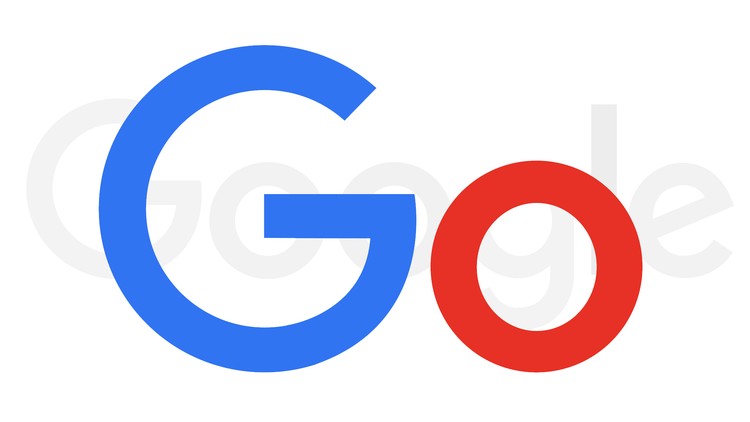
 Online course by
Todd McLeod
Online course by
Todd McLeod
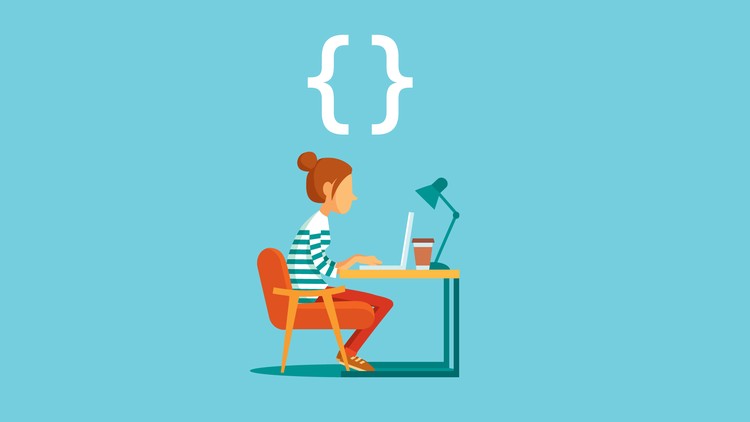
 Online course by
Stephen Grider
Online course by
Stephen Grider

 Online course by
Jose Portilla
Online course by
Jose Portilla

 Online course by
Federico León
Online course by
Federico León

 Online course by
Tim Buchalka's Learn Programming Academy
Online course by
Tim Buchalka's Learn Programming Academy

 Online course by
Jens Schendel
Online course by
Jens Schendel

 Online course by
Deepak kumar Gunjetti
Online course by
Deepak kumar Gunjetti

 Online course by
Todd McLeod
Online course by
Todd McLeod

 Online course by
James Cutajar
Online course by
James Cutajar
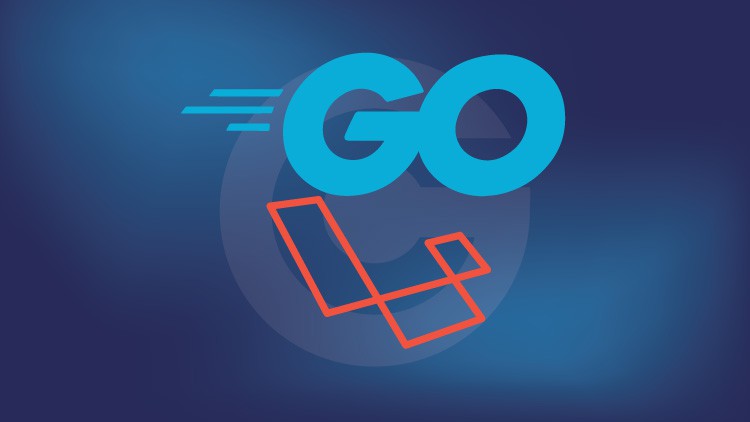
 Online course by
Trevor Sawler
Online course by
Trevor Sawler
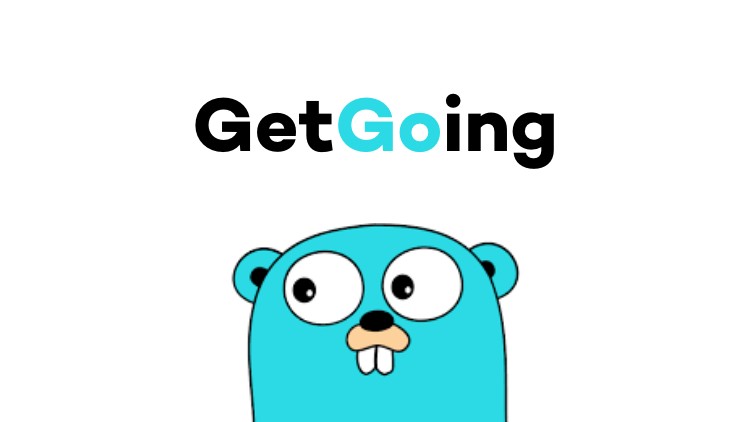
 Online course by
DSC VIT Powered by Google Developers
Online course by
DSC VIT Powered by Google Developers


